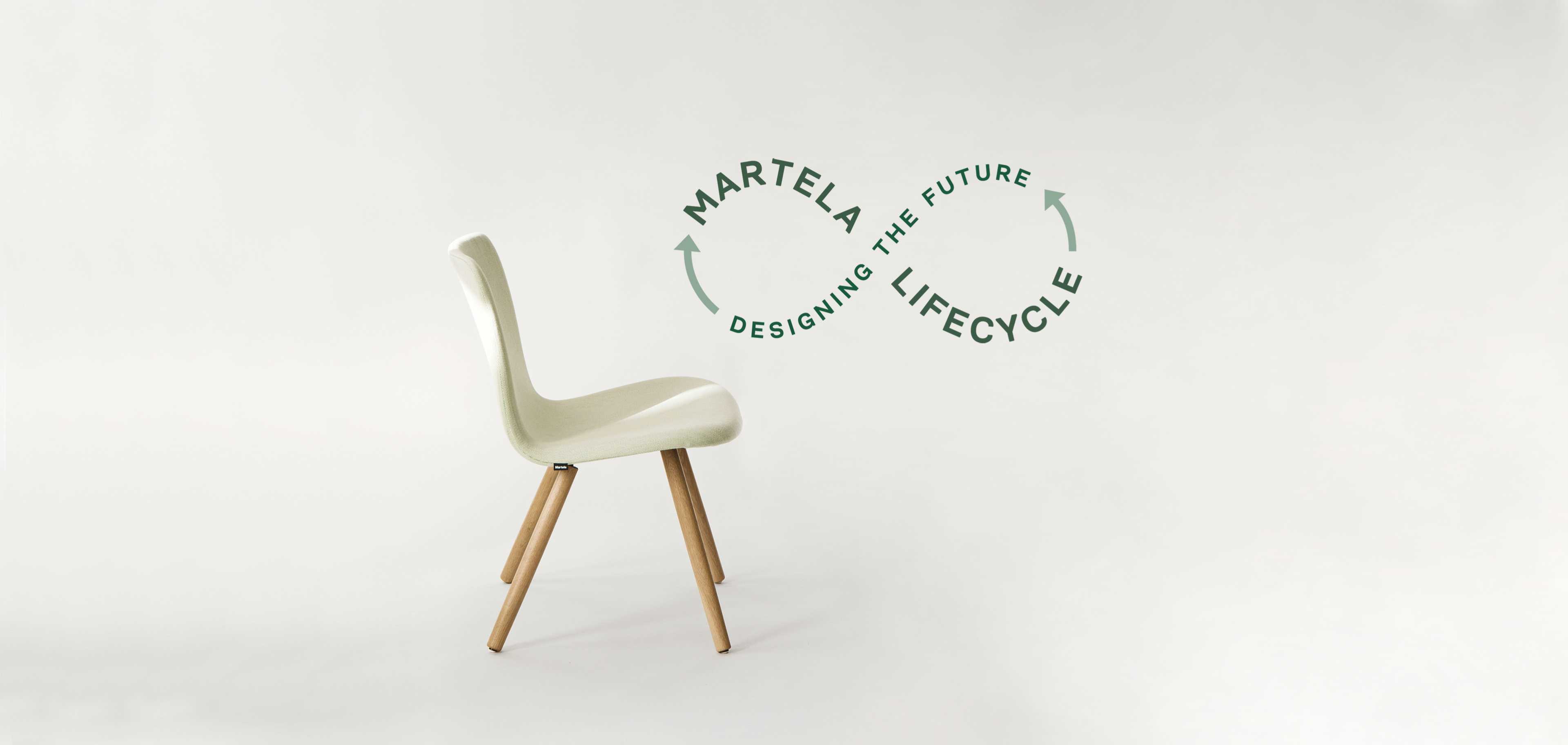Focus on the big picture: workplace sustainability begins with design
Companies are now busy adjusting their workspaces to the changing requirements of work. At the same time, many companies want to ensure that their working environments serve their sustainability goals.
Sustainability in a workplace is a multidimensional consideration. It should be examined from various perspectives, from sufficient space and durable tools to how the space supports employees’ wellbeing.
Three dimensions of sustainability
Sustainability covers economic, social and environmental impacts. It is linked to each stage of the lifecycle of a space, from design to continuous development. The upholstery materials chosen for a single piece of furniture are also part of sustainability, but let’s take a look at the big picture first.
“The carbon footprint of a workplace depends on furniture and the size and use of the space. Many people pay attention to the environmental impacts of a single piece of furniture, while the efficient use of space may have a much greater impact. Experienced interior designers play an important role in taking all aspects and their significance into account,” says Anne-Maria Peitsalo, Director, Sustainability & Quality at Martela.
There is no ‘one-size-fits-all’ solution here. The efficiency of a space should always be monitored simultaneously with the employees’ level of satisfaction to ensure that well-intended changes will not reduce efficiency and wellbeing at work.
“The use of space, the utilisation rate and the users’ job satisfaction are three aspects that need to be kept in balance. If smaller premises lead to a drastic decrease in efficiency, the value of the reduction achieved in emissions may be questionable,” says Peitsalo.
Focus on durability
Martela is continuously working to increase the level of sustainability of its customers’ workplaces. Durability and timeless design play a major role in the sustainability of products.
Unnecessary and unusable furniture is the worst kind of waste. According to a report by the European Environmental Bureau, companies and consumers in the European Union area dispose of 10 million tonnes of furniture annually. Most of this waste ends up in landfill or is incinerated.
“Identifying needs is very important in reducing waste, so that the purchase of unnecessary furniture can be avoided. In production, we seek to ensure that each product is so durable and of such a high quality that it can be used for a long time,” says Peitsalo.
Because companies’ needs change many times over during the lifecycle of furniture, Martela offers an opportunity for companies to purchase the entire workplace as a service. Against a monthly fee, the company can ensure that its workplace always meets its needs. The service uses new and refurbished Martela furniture.
“A table doesn’t need to be used by the same employee for years. The main point is not who uses the table – it’s more important that the table is necessary and useful, regardless of its user and location.”
Recycling furniture and raw materials
A good product can be used for a long time, which is why Martela sells serviced and refurbished furniture through Martela Outlet.
The overall goal is to minimise waste. For example, a visitor chair typically consists of a form-pressed wooden seat and metal legs. Metal has been recycled for years, and there are established collection and recycling systems for metal. As a material, it doesn’t lose any of its properties during remelting.
“There are excellent recycling systems for metal around the world. As extracting metal from ore is a highly energy-intensive process, the use of recycled metal is an easy way to reduce the lifecycle emissions of a product,” Peitsalo points out.
Wood-based materials used in furniture are difficult and costly to reuse. Sustainably produced wood is a renewable natural resource and an environmentally friendly material with low emissions.
“A chair can be used for 20 years, for example. At the end of its lifecycle, the most sensible and sustainable way to reuse the wood material is for energy production. It’s also important to us to ensure that the wood we use always comes from sustainably grown forests,” says Peitsalo.
